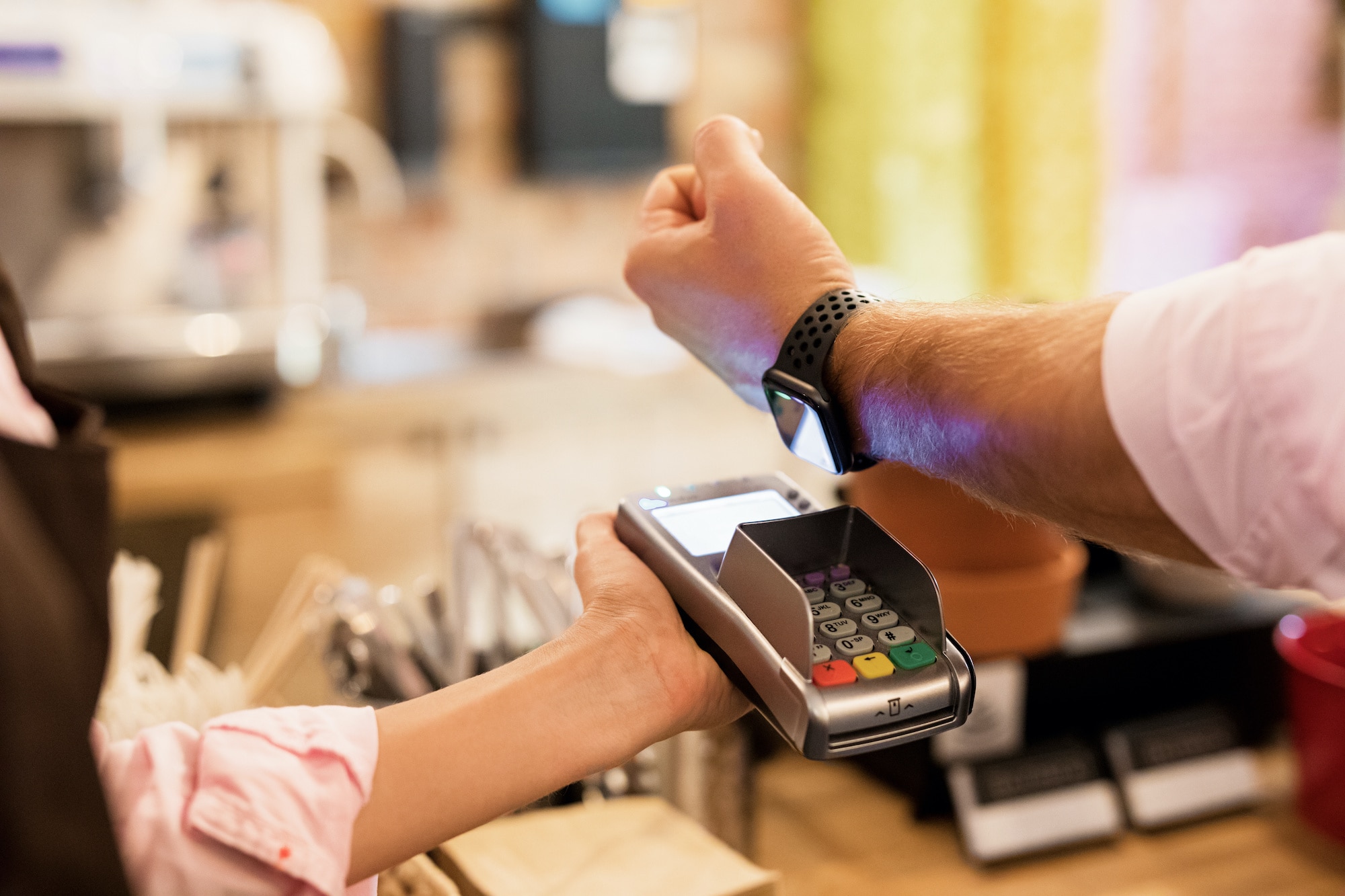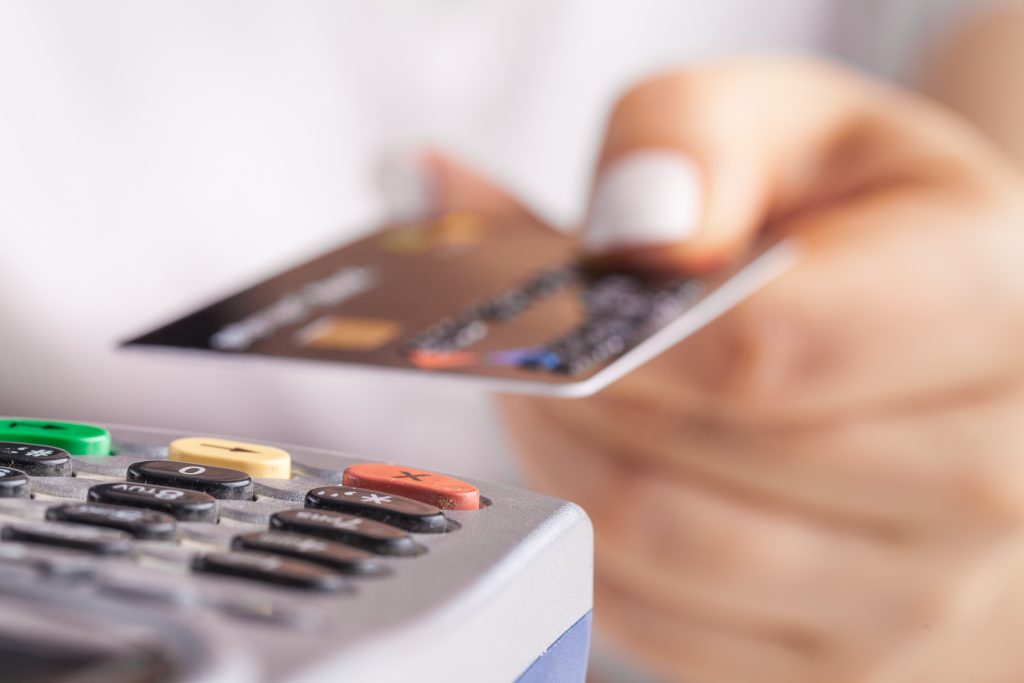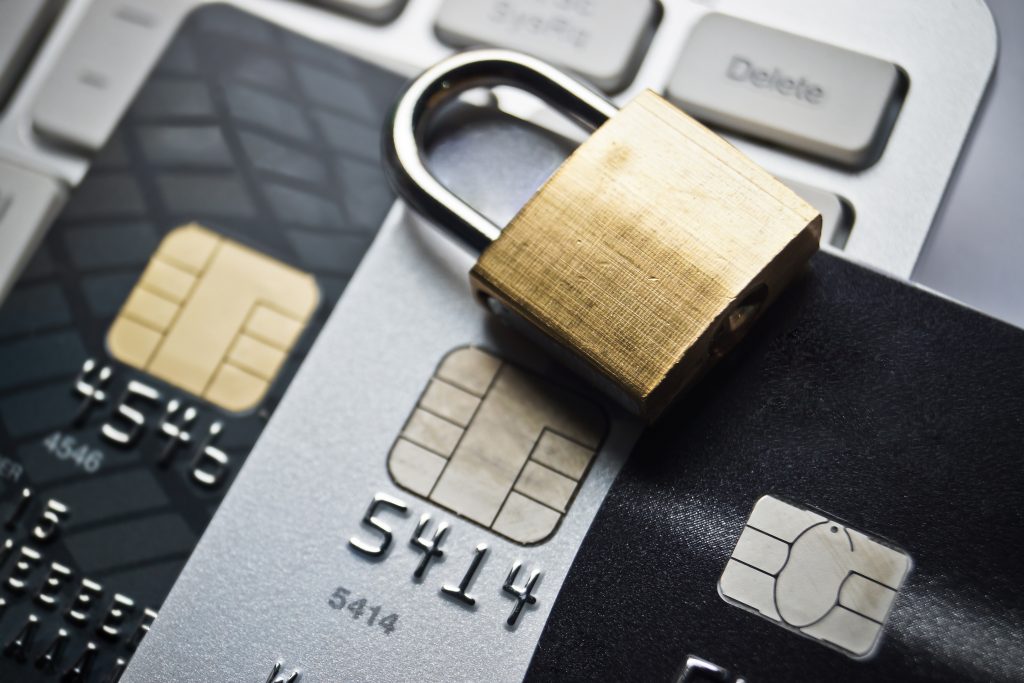Payment Processing Definitions
Payment processing seems simple, but you may come across unfamiliar terms as you’re sorting out your options. Figuring out what those terms mean lets you make informed decisions that save you money and allow for smooth payment processing.
For example, the merchant discount rate refers to the fee banks and credit card companies charge for processing card payments, usually a percentage of the total sale. This adds to the cost of accepting cards, so you want to understand how it works.
Another unfamiliar term you may hear is EMV, which stands for Europay, MasterCard, and Visa. These companies represent the main players in developing the chip-based card technology that many consumers use. EMV cards feature encryption keys and dynamic data for better protection against card fraud.
Familiarizing yourself with electronic funds transfers can help you receive your money faster. These electronic transactions happen almost instantly and work for both one-time and recurring payments. An electronic funds transfer is an efficient, secure way to pay your employees via direct deposit. Similar to an electronic funds transfer, interact e-transfers only require the email address of the recipient to quickly and securely transfer money between bank accounts.
If you sell products online, you may hear the term callback URL. When a customer purchases online and pays through a third-party payment processor, the callback URL redirects them back to your website after they complete the transaction. The customer gets confirmation of the order, and may even browse a bit more on your site.



